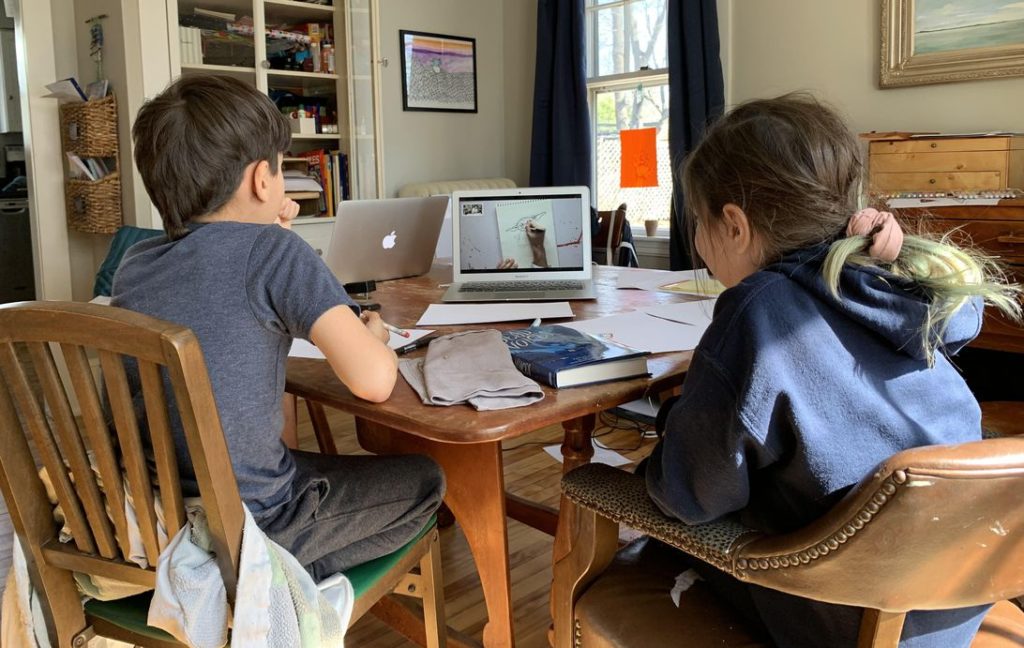Levelling-up demands clarity now!
By David Fellows
With greater clarity levelling-up could become a major milestone in the UK’s 21st century progress. But it needs focus that makes sense to voters who want to know how it will improve the prospects for their families and communities, particularly for those in the regions. To achieve this it also needs to make an appealing offer to business. To-date there is a distinct lack of coherence. The PM has the communication gifts but has lacked the clarity of purpose and messaging to carry this demanding agenda.
Levelling-up requires some hard truths as well as a really transformative agenda. Making progress entails a dialogue with the people that emphasises the future opportunities that are available to the UK as an innovative sovereign state and recognises a failure of belief in the potential of the country as a whole that has permeated Westminster and Whitehall over many decades. The agenda must make a series of commitments –
- Institutionalised discrimination favouring the Greater South East that has been endemic in the UK for some long time, it has created a concentration of national wealth and opportunity that has blighted the whole country and this will be rectified
- Going forward, Government will retain the best of what is, while deliberately creating a restorative bias towards improving opportunity in the regions. Change will take time to become fully implemented but progress will be set out clearly in the national conversation that will underpin this whole enterprise.
- Delivery will be well coordinated across Government at political and administrative level and mechanisms and policy will be continuously updated as events unfold and lessons are learnt
Three key specifics
- Regional business development will be the catalyst to the whole agenda, providing the bedrock for many other improvements that are clearly desirable, including in health and education – (it is a concept that is affordable and capable of being geared to national finances with significant aspects not requiring huge additional investment – I have previously written at some length about this process)
- Regional business development policies will encourage innovation, productivity improvements and entrepreneurship across a broad swath of economic activity from the small scale to major undertakings. This will be supported by the expansion of business centres offering practical industrial, technological and scientific expertise in which the universities will be expected to play a significant role. The regionalisation of ministers and higher civil service grades is also required to ensure that Government comprehends regional life and appreciates that their personal advancement depends on regional success.
- The benefits (both social and economic) to the Greater South East will be worked through and strongly presented. The unique and essential contributions of this highly productive area will be advanced not diminished but public investment will be much more consistent with regional development. Livability improvements will be a priority in especially crowded residential areas.
This agenda should be seen as a process of renewal, pulling the country through a difficult period of economic challenges and personal hardship to deliver future prosperity. It is also about grasping the potential of changes taking place in the world including the green agenda, the need for greater national resilience and Brexit. Emphasis must be placed on more cohesive relationships within the business community, between private and public sectors and with worldwide trading partners. Deregulation must become more than a meaningless mantra.
The levelling-up agenda necessarily requires the full participation of local and regional institutions from both the public and private sectors but, as I interpret it, this immense task cannot succeed without the multifaceted power of Government including the advocacy and cohesive influence that the PM is uniquely placed to provide.
Despite recent events the Government has not necessarily lost its chance to transform Britain through a regional business-based approach to levelling-up. With real application progress may still be made by the next general election. But the concept urgently requires plausible commitment by Government and coherence of design if the UK is to move forward rather than remain mired in a mindless process of low politics that serves to sideline the real issues that affect the lives of ordinary people.
David Fellows is an accountant and early innovator in digital public service delivery. He worked extensively in UK local government, was a leader in the use of digital communication in UK public service and led a major EU project supporting the use of digital technology by regional SMEs. He became an advisor on local government reform in the UK Cabinet Office and an international advisor to the South African National Treasury. He writes on public financial management and digital communication particularly in relation to developing countries: david.fellows@pfmconnect.com


